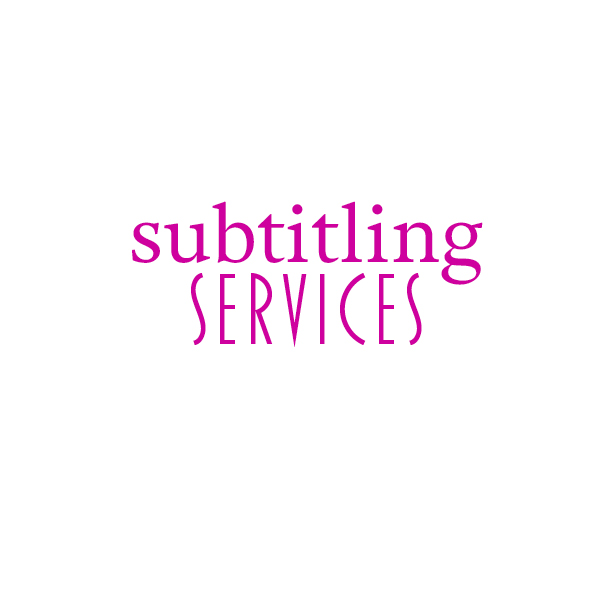
Subtitling 101: What You Need To Know
Subtitling services place a transcript of what is spoken onto a display on the bottom half of the screen. The subtitle display follows along with the spoken content so that viewers that speak languages other than what is spoken and viewers that are hearing impaired can view the video. Subtitling services are complex and should be produced by a professional with technical experience. INGCO International offers subtitling services in over 200 languages worldwide for all of your video subtitling and captioning needs.
INGCO International offers subtitling services in over 200 languages for numerous platforms including:
- Broadcast
- Theatrical
- DVD
- 3D
- Mobile
- Video
- Online Platforms
Our technical team is trained with the software skills necessary to apply subtitles to nearly every format including time-cueing and positioning of subtitles. Subtitling challenges the translation team because subtitles are limited in space with about 37 characters per line and typically a 2-line maximum per screen. Some languages expand as much as 40% in length so it means that our translation team must be very creative and work closely with our technical team to make sure that the subtitles make sense.
Another challenge is time — subtitles usually only have about six seconds to stay on a screen. These challenges mean that our translation team must be really good at their job! Sometimes we need to craft messages to fit within the constraints of the subtitles. After the translation, edit and revision of the original text is complete, our technical team is tasked with carefully timing the subtitles to ensure they are placed at just the right time. We make sure that the subtitles match up with what is shown on screen.
Subtitling requires precision and creativity; just like any art, it is a craft that takes a lot of training and practice.
In addition to the challenges of creating and applying subtitles, there are basically two different ways of producing the final subtitled product.
“Burning” Subtitles
One method of producing subtitles is by “burning” the subtitles onto the video. This method means that subtitles cannot be turned on or off; they are always present and become part of the video. “Burning” means that only one language can be placed on a singe file. It is however possible to create different versions of the same file with different language subtitles “burned” into the video.
Video Re-authoring
Video re-authoring is a more sophisticated method of applying subtitles and allows subtitles of multiple languages to be embedded in a video. This format requires different channels to be created as different streams on the disk of the video. The viewer chooses through the menu which language he or she would like to view the subtitles in.
There are many different file formats for subtitling and they all affect the way your text file is formatted. It is important to know which format of subtitles your authoring tool will accept. Our technical team will guide you in selecting a subtitle file that will work with your video and software. Some files are better at handling right-to-left languages like Arabic or Hebrew. Some are better at handling Unicode for exotic scripts like Thai or Amharic. There are languages such as Hungarian or Polish that use extended versions of the Latin alphabet. It’s best to work with our technical and translation teams to ensure that your finished product is seamless and professionally created.
Subtitles are derived from either a transcript or screenplay of the dialog or commentary in films, television programs, video games, and the like, usually displayed at the bottom of the screen. They can either be a form of written translation of a dialog in a foreign language, or a written rendering of the dialog in the same language, with or without added information to help viewers who are deaf and hard of hearing to follow the dialog, or people who cannot understand the spoken dialogue or who have accent recognition problems.
It all started more than 15 years ago, when Ingrid Christensen had a dream to facilitate communication between people and countries with an entrepreneurial twist – a dream to speak to the world. A creative and business-minded person, and a language lover herself, she established a translation agency based in Saint Paul, Minnesota offering interpreting, translating and global marketing services.
